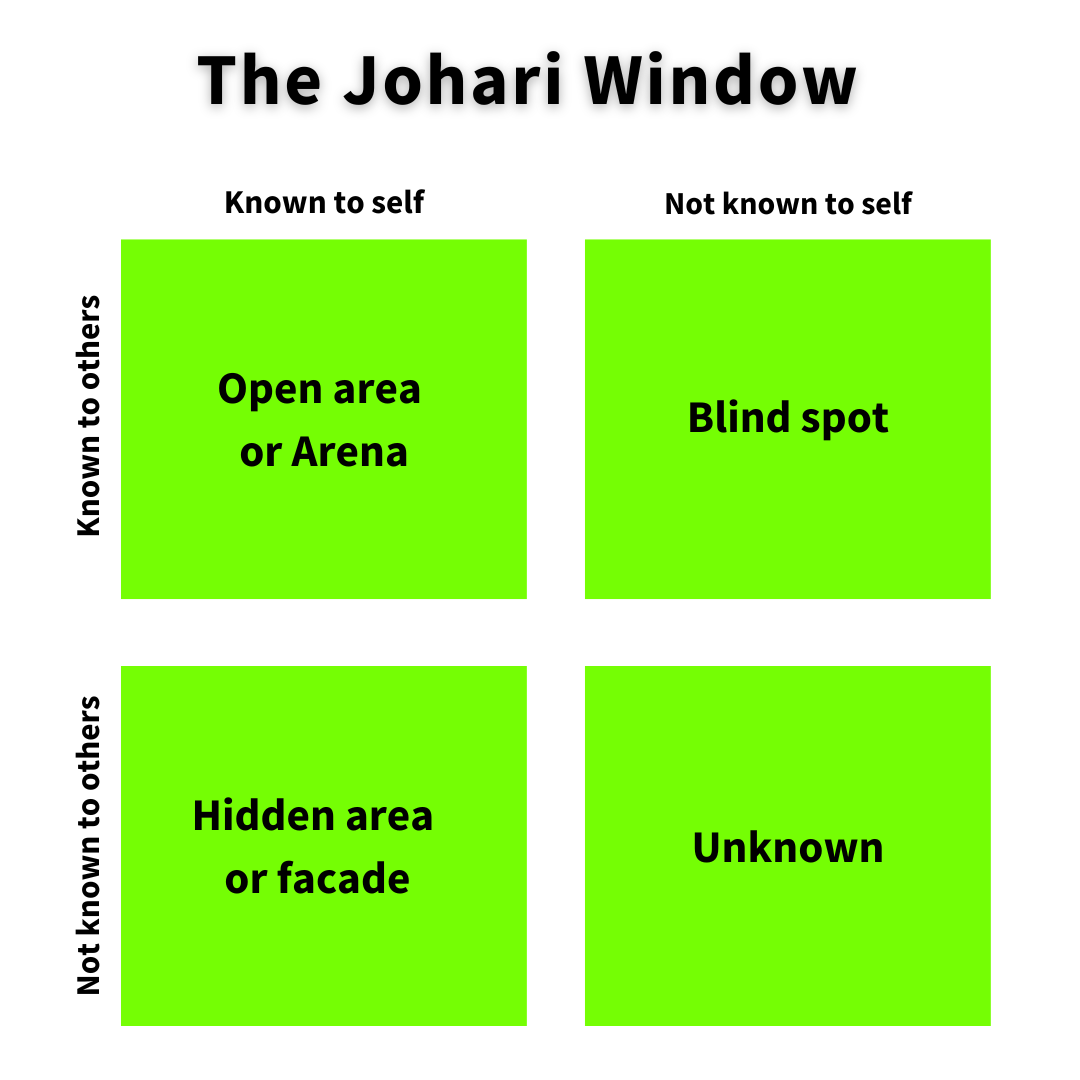5 lessons to be a better software consultant
Jamie Phelps reflects on 5 years as a software consultant
- Publish Date
- Authors
- Jamie Phelps
- Authors
- Kate McGinty
Fifteen engagements and countless aha moments later, Jamie Phelps marks a milestone with Test Double this week: five years as a software consultant.
It started with a chance encounter at AltConf in 2014 with co-founder Justin Searls. Cue the spark for a quest for quality.
From coding to consulting, Jamie’s journey to software consulting is less about the lines of code and more about connecting dots in ways most of us don’t see.
Here are 5 of his favorite thought technologies that helped him grow from software developer to experienced software consultant and team builder.
LESSON 1: The key to software consulting is the same as juggling: Learn to zoom out.
Here’s how Jamie explains the difference between a software developer and a software consultant:
A developer thinks in requirements, builds the thing that was asked of them and delivers that well. A software consultant does those things, too, working shoulder-to-shoulder with developers to build the thing — while also making recommendations along the way to improve how the process works.
Jamie compares it to juggling.
“The first time I ever juggled was with little handkerchiefs in elementary school. The rhythm was easy because it was slower,” he said.
If you focus on any one thing when you’re juggling, you’re going to lose track of the other things in the air. The key is to zoom out, to see the task in front of you but also the broader context.
“That’s how I think of consulting now: being able to do something complex, but with a soft enough gaze to see the whole operation so the performance doesn’t collapse.”
LESSON 2: The BICEPS framework can help us understand what’s important to each person.
Have you had any confusion, tension or conflict at work recently? Maybe someone was upset they weren’t included on a call? It’s usually a lack of clarity on roles and responsibilities.
“After I experienced that first-hand, it set me on this journey of improving in BICEPS, a framework for understanding the most salient priorities of what people value at work,” Jamie said.
BICEPS represents Belonging, Improvement, Choice, Equality, Predictability, Significance.
“Those are the six core needs researchers find are important for humans, and each one of us has our own hierarchy of these needs. Usually people resonate most with one or two,” Jamie said.
He uses BICEPS as a tool for accelerated mutual understanding — figuring out what’s important to others, but also for self reflection and communciating what he values, too.
LESSON 3: Uncover unconscious bias and blindspots with The Johari Window framework.
Jamie, a voracious reader who loves human philosophy as much as software coding, has another mental framework he loves: The Johari Window.
The Johari Window has helped him improve self-awareness and self-reflection, and it’s especially useful when pairing with others.
“It can help you uncover blind spots or even skills you didn’t know you had, but others can see in you,” he said.

LESSON 4: Use checklists and pause points, like the surgeon who wrote “The Checklist Manifesto.”
As Jamie grew from software developer to software consultant, he began what he calls “sort of an obsession” with predictability.
One of the most influential books he’s read as a consultant is The Checklist Manifesto: How to Get Things Right. The Checklist Manifesto helped him develop a systematic and repeatable approach to consulting engagements.
“It’s written by a surgeon. One of the most striking things that he talks about is that his hospital has 42 operating rooms and more than 1,000 nurses, technicians, residents, physicians, and other staff,” Jamie explained. “So when he steps into the operating room, chances are high that he’s meeting someone for the first time before moving to the operating table just minutes later. One of the ways they team up seamlessly is through the use of checklists and pause points."
He applies that approach of checklists and pause points to his consulting assignments. It helps him drive results quickly, even when working on a team he’s never worked with before.
“How do we create a sense of belonging and a team identity as quickly as possible, so our team is not trying to be formed at the same time we’re trying to be effective?” he said.
LESSON 5: “Thinking in Systems” teaches how to build repeatable systems to scale faster.
Another of his favorite books for consulants is Thinking in Systems. Along with The Checklist Manifesto, these two books were critical to helping him develop a systematic and repeatable approach to consulting engagements.
“Thinking in Systems specifically looks at problem solving on scales ranging from personal to global. When one of my consulting engagements grew to 11 total consultants, it gave me an opportunity to put both these books into practice — and it was one of the most satisfying and rewarding experiences of my career,” he said.
Having a repeatable system can be a source of familiarity and stability in situations that are new. It also allows you to replicate successful work, without the risk of stuff falling through the cracks or information becoming too out-of-date.
“Think of systems this way: You don’t need to reinvent the wheel all the time,” Jamie said. “If you have a go-to recipe at home for cooking dinner, you can kind of throw that together, and you don’t really think about it too much. If you’re constantly cooking something brand new from a cookbook, you’re going to constantly be looking at the recipe, and it’s more cognitive demand.”
Read more from Jamie in his popular blog post: Seven C’s of Consulting Change.
Jamie Phelps
- Status
- Double Agent
- Code Name
- Agent 0051
- Location
- Olympia, WA
Kate McGinty
- Status
- Double Agent
- Code Name
- Agent 00166
- Location
- Cincinnati, OH

